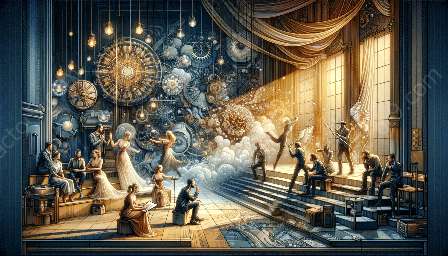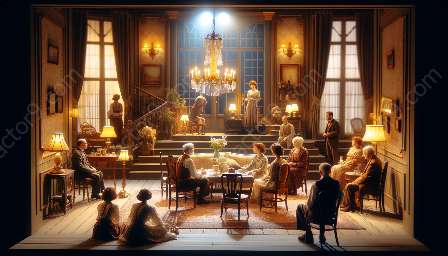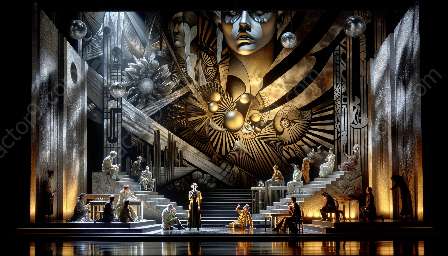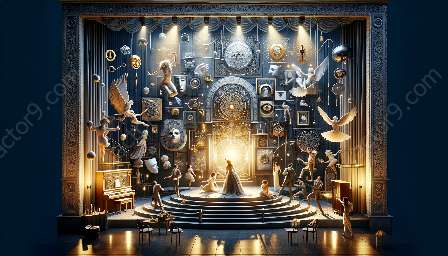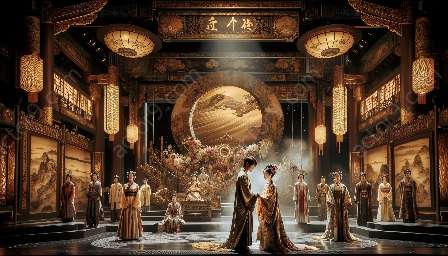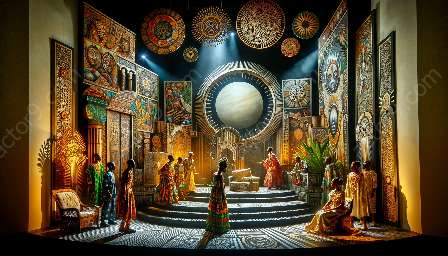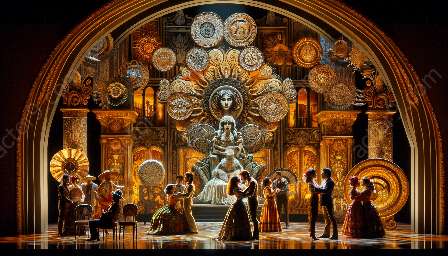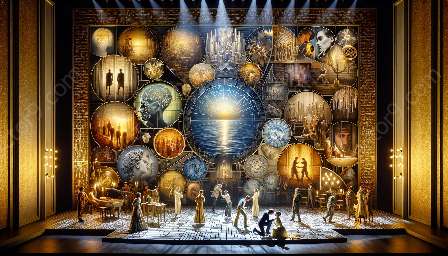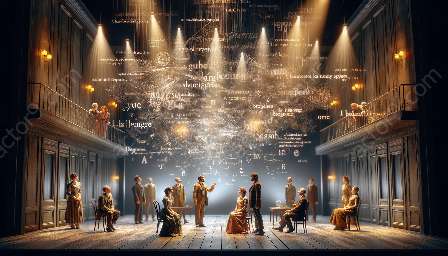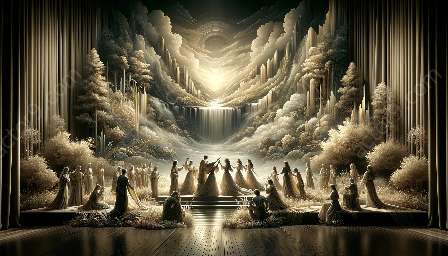Expressionism in modern drama represents a significant movement that has left a lasting impact on theatrical arts. This topic cluster aims to explore the origins, evolution, and relevance of expressionism in modern drama. By diving into the historical context, key characteristics, and its influence on contemporary theater, we can gain a comprehensive understanding of this influential artistic movement.
The Origins of Expressionism in Modern Drama
Expressionism in modern drama emerged in the early 20th century, marking a departure from naturalistic and realistic theatrical conventions. It is rooted in the broader artistic movement of expressionism, which sought to convey subjective experiences and emotions rather than objective reality. The movement was a response to the societal turmoil and psychological upheaval brought about by World War I, reflecting a desire to express the inner turmoil and anxieties of the human condition.
Key Characteristics of Expressionism in Modern Drama
Expressionist drama often features distorted and exaggerated forms, symbolic imagery, and heightened emotional intensity. Characters' inner thoughts and emotions take center stage, and the settings of the plays are often surreal and dreamlike. Dialogue and actions are designed to evoke a strong emotional response from the audience, aiming to provoke introspection and empathy.
The Evolution of Expressionism in Modern Drama
Over time, expressionism in modern drama has evolved and adapted to contemporary sensibilities while retaining its core principles. While the movement had its peak in the early 20th century, its influence is still palpable in modern theatrical works. Contemporary playwrights and directors continue to draw inspiration from expressionist techniques to explore complex themes, inner conflicts, and societal issues.
Expressionism in the Contemporary Theatrical Landscape
Today, expressionism continues to be an influential force in modern drama, contributing to the diversity and richness of theatrical expression. The movement's impact can be observed in experimental and avant-garde theater, as well as in mainstream productions that incorporate expressionist elements to convey poignant narratives and evoke emotional resonance.
Conclusion
Expressionism in modern drama has significantly shaped the theatrical landscape, offering a unique avenue for artists to explore the depths of human experience and emotion. By understanding its origins, key characteristics, evolution, and contemporary relevance, we can appreciate the enduring legacy of expressionism in modern drama.


